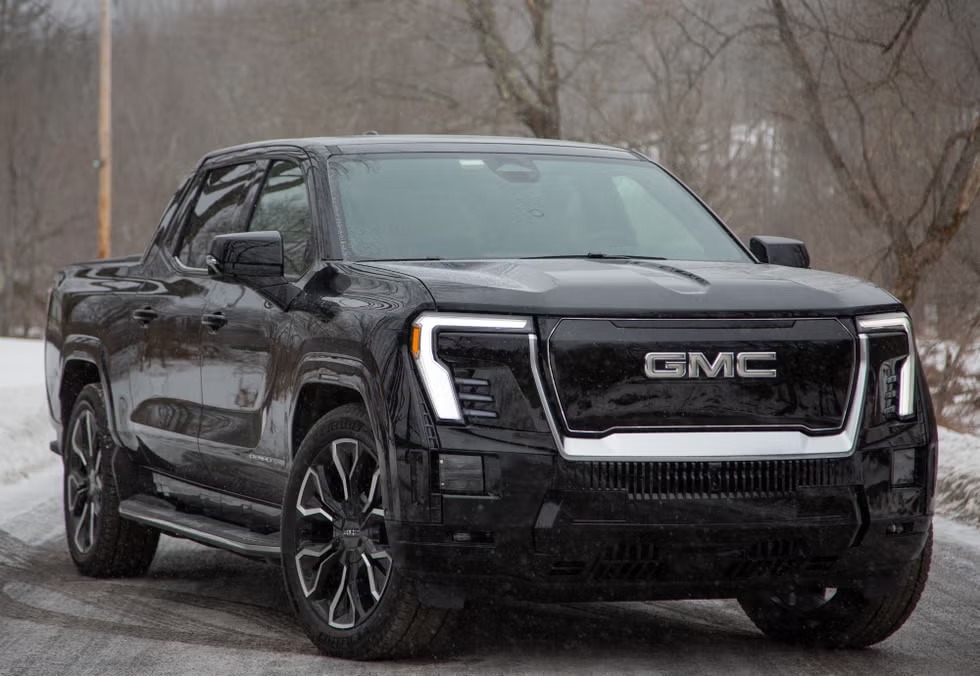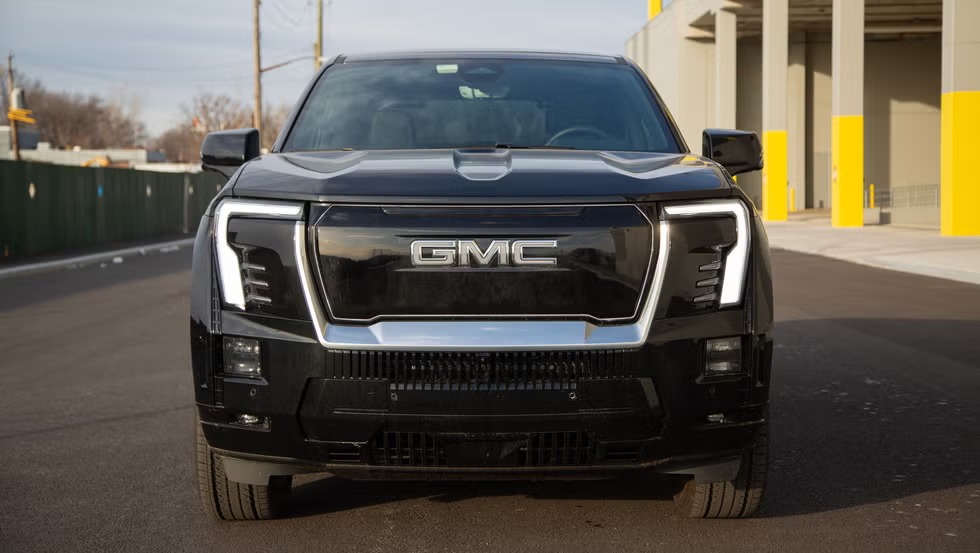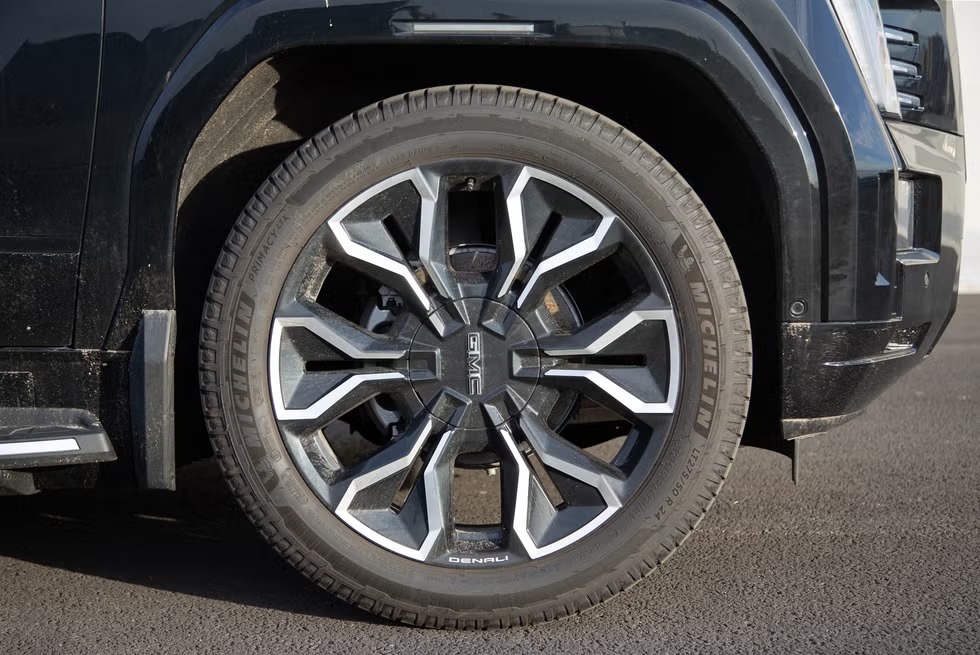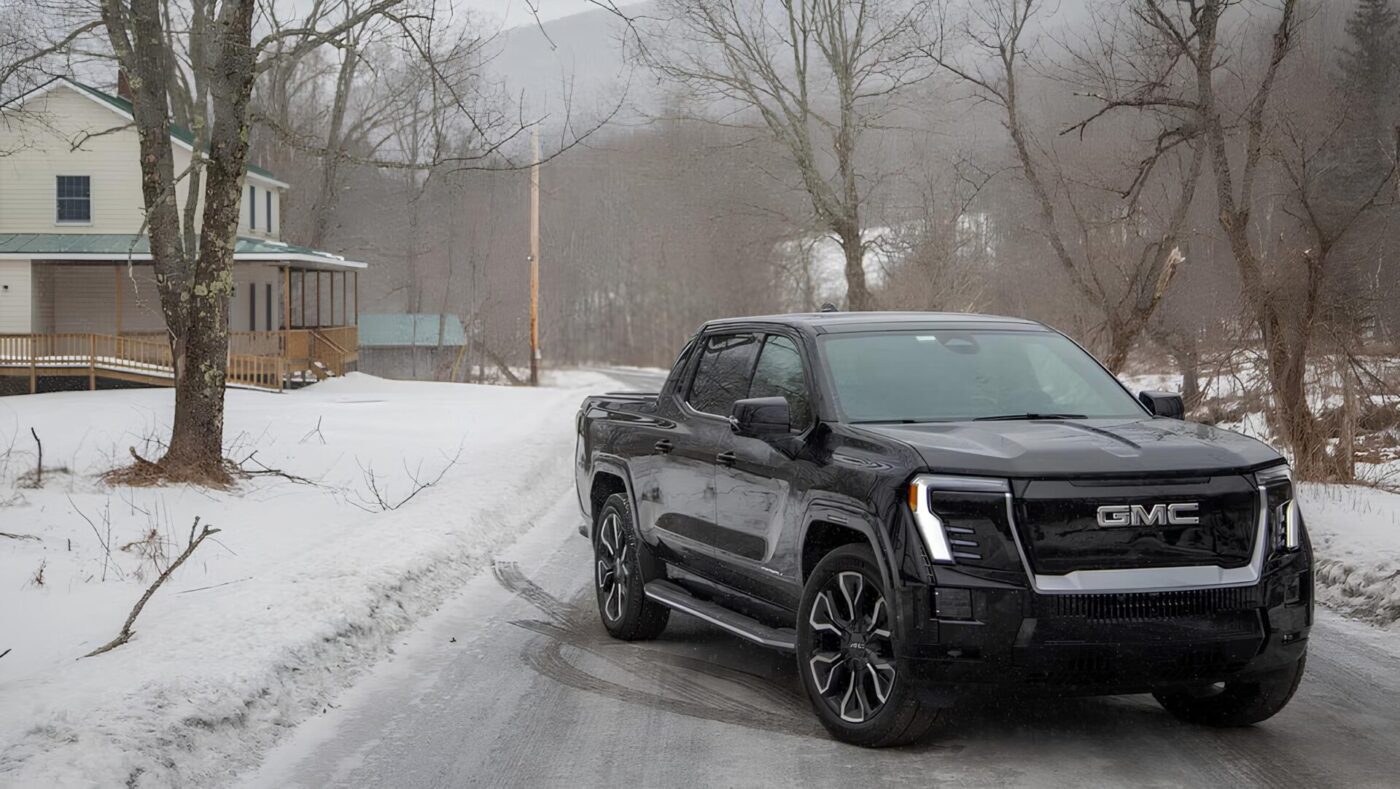
The 2025 GMC Sierra EV Denali blends rugged pickup utility with electric innovation, offering impressive range and a feature-packed cabin. As GMC’s second electric truck, it arrives in the upscale Denali trim, boasting dual battery options and a hefty price tag. However, its massive weight and charging challenges raise questions about its everyday practicality.
Electric Trucks: A Perfect Pair or a Tough Sell?
Pairing electric power with pickup trucks sparks debate. On one hand, electric motors excel off-road, truck frames accommodate large batteries, and fuel costs vanish. On the flip side, range shrinks with towing, charging lags on long hauls, and the added battery weight jacks up the price compared to gas-powered models. General Motors dives into this divide head-on, offering its full-size Sierra in both traditional and electric forms—built on a dedicated EV platform—letting buyers choose their path.

Meet the GMC Sierra EV Denali Lineup
Unlike the work-focused Chevrolet Silverado EV, the GMC Sierra EV debuted in 2024 as the luxurious Denali Edition 1, a badge synonymous with GMC’s premium legacy since 1998. The 2025 model, tested here, offers two battery packs: a 170-kWh Extended Range version with 390 miles (EPA-rated) and a 205-kWh Max Range option stretching to 460 miles for an extra $8,500, pushing the price past $100,000. Both share a dual-motor, all-wheel-drive setup delivering 754 hp and 785 lb-ft of torque, available in a crew-cab short-bed layout with a unique midgate feature.

Power and Performance: Unleashing the Beast
Switch to Max Power mode, and the Sierra EV Denali roars to life with up to 760 hp, rocketing from 0-60 mph in 4.1 seconds per Car and Driver’s tests—a feat rivaling the Audi RS 6 Avant. In Normal mode, it’s lively but tame at around 400 hp. Yet, flooring it comes at a cost: range drops fast, especially on highways. My test in chilly New York saw the 205-kWh battery predict 431 miles at 92% charge, but after 317 miles—mostly highway—it fell to 6%, hinting at a real-world range near 380 miles in cold weather. GM’s Super Cruise system helps maintain efficiency, easing the strain for speed lovers.

Driving Dynamics: Heavy but Nimble
Weighing nearly 9,000 pounds, the Sierra EV Denali feels its mass. It’s less buoyant than the Hummer EV SUV, thanks to road-focused tires and suspension, but inertia is undeniable. The brakes blend regeneration and friction, feeling soft yet effective, with a steering paddle offering strong regen deceleration. Four-wheel steering adds surprising agility for parking, though the heavy helm lacks the finesse of GM’s gas trucks. Overall, it drives confidently—weather permitting.

Living with the Sierra EV: Space Meets Scale
At 19.5 feet long, this electric pickup dwarfs urban parking spaces but rewards with vast interior room. A front trunk (frunk) offers 11 cubic feet, while the MultiPro Midgate extends the bed into the cabin for long cargo—though it exposes the interior to the elements. Inside, legroom and headroom outshine a Mercedes S-Class, wrapped in leather. The front seats pamper, but the rear feels more like premium economy than true luxury, trailing rivals like the Ram 1500 Tungsten. A 16.8-inch touchscreen shines with Google Maps and apps, skipping CarPlay for a slick, subscription-based setup.


Range and Charging: The Big Battery Conundrum
With a 460-mile EPA range, the Max Range Sierra EV tackles range anxiety head-on, dwarfing entry-level EVs like the Tesla Model 3. But that 205-kWh battery adds serious heft—60% more than a gas Sierra 1500 AT4X. Charging remains the catch: public fast-chargers are scarce and unreliable, as I found navigating snowy New York. When connected, its 800-volt system hits 242 kW, peaking at 350 kW on rare top-tier chargers, making fill-ups quicker but still a hassle compared to gas.

Should You Buy the 2025 Sierra EV Denali?
Home charging is key. A standard 6-kW line takes over 33 hours to fully charge, so a 19.2-kW setup is ideal. Against rivals, it shines: the Rivian R1T is smaller and niche, the F-150 Lightning blends in as a traditionalist, and the Cybertruck polarizes. The Sierra EV’s range and style stand out, but a gas-powered Sierra 1500 Denali Ultimate—$11,000 cheaper—offers unmatched refueling speed and a plusher cabin. It’s a tough call between eco-cred and practicality.
Pros and Cons of the Sierra EV Denali
We Like: Top-tier range, bold design, and cavernous space.
We Don’t: Button-activated full power, ride quality lags gas models, and that 9,000-pound weight.











